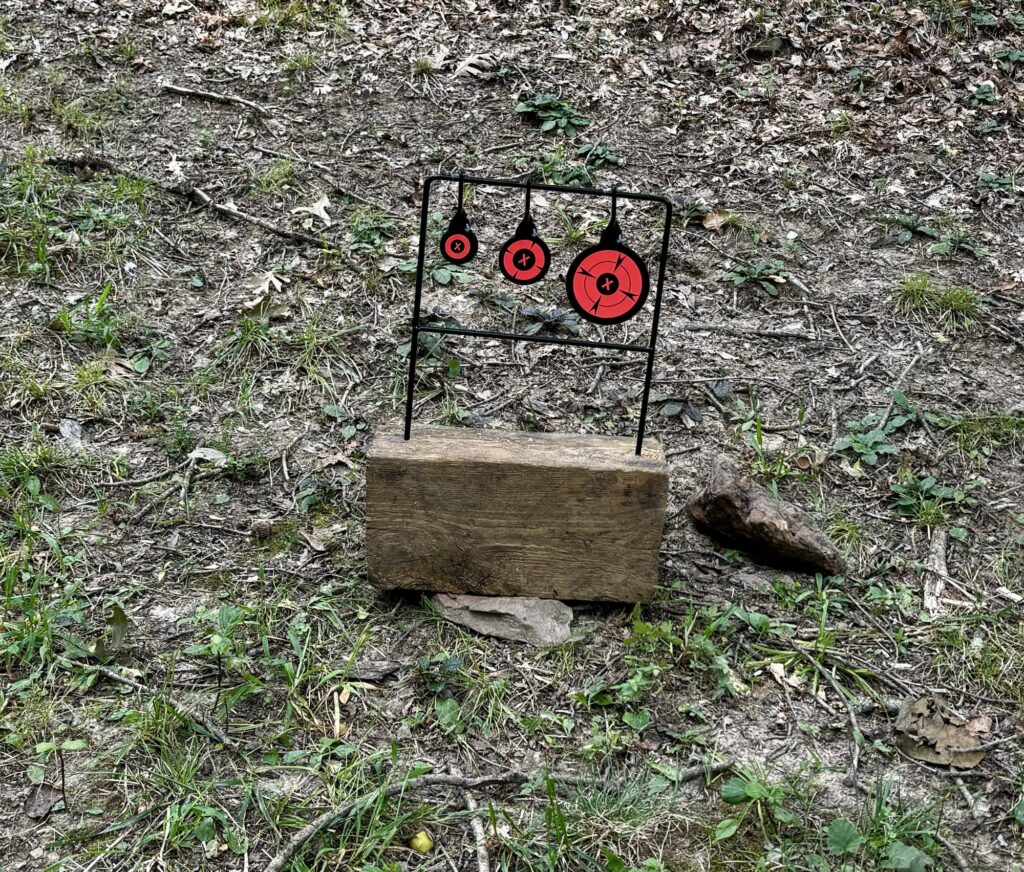(Wikipedia) “Vine was an American short-form video hosting service where users could share up to 6-second-long looping video clips. Founded in June 2012 by Rus Yusupov, Dom Hofmann and Colin Kroll, the company was bought by Twitter, Inc. four months later for $30 million. […] Twitter shut down Vine on January 17, 2017, and the app was discontinued a few months later.”
During its brief life I created a couple of dozen vines.
- Renfield
- All work and no play
- Ben Hur galley ship
- Blipverts
- Teletype
- North Korean applause
- Chinese music
- Dancing Santa
- Traintracks
- Mr. Smith Goes to Washington
- In the Money
- W.C. Fields
- VEEP shotgun scene
- Hand Music
- Cellblock
- We serve the law!
- Rotary dial telephone
- Coffee Zone time lapse
- Taisir does Elvis
- Mr. Smith Goes to Washington #2
- Office scene from Brazil
- Wizard of Oz
- Night Snow



